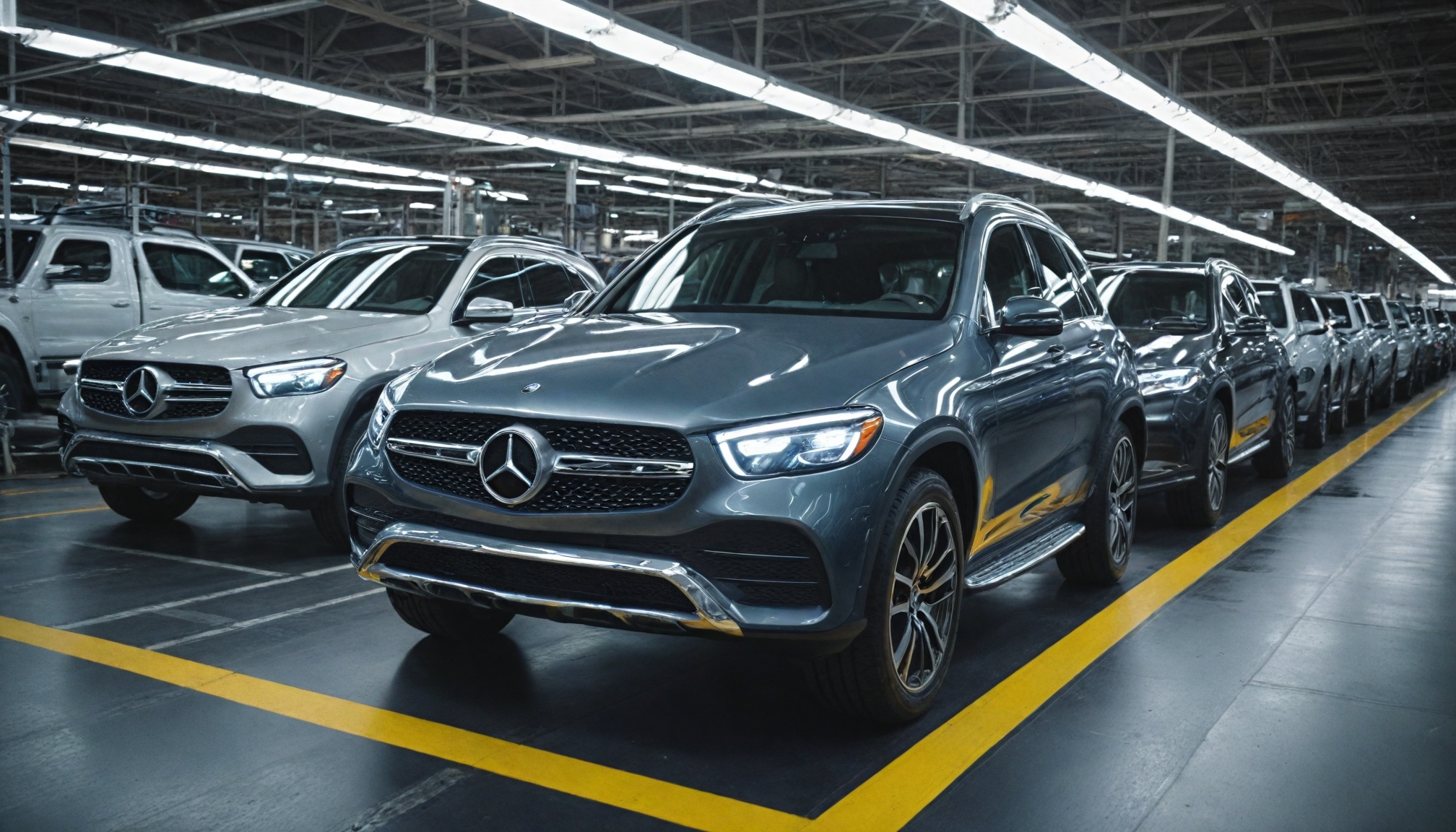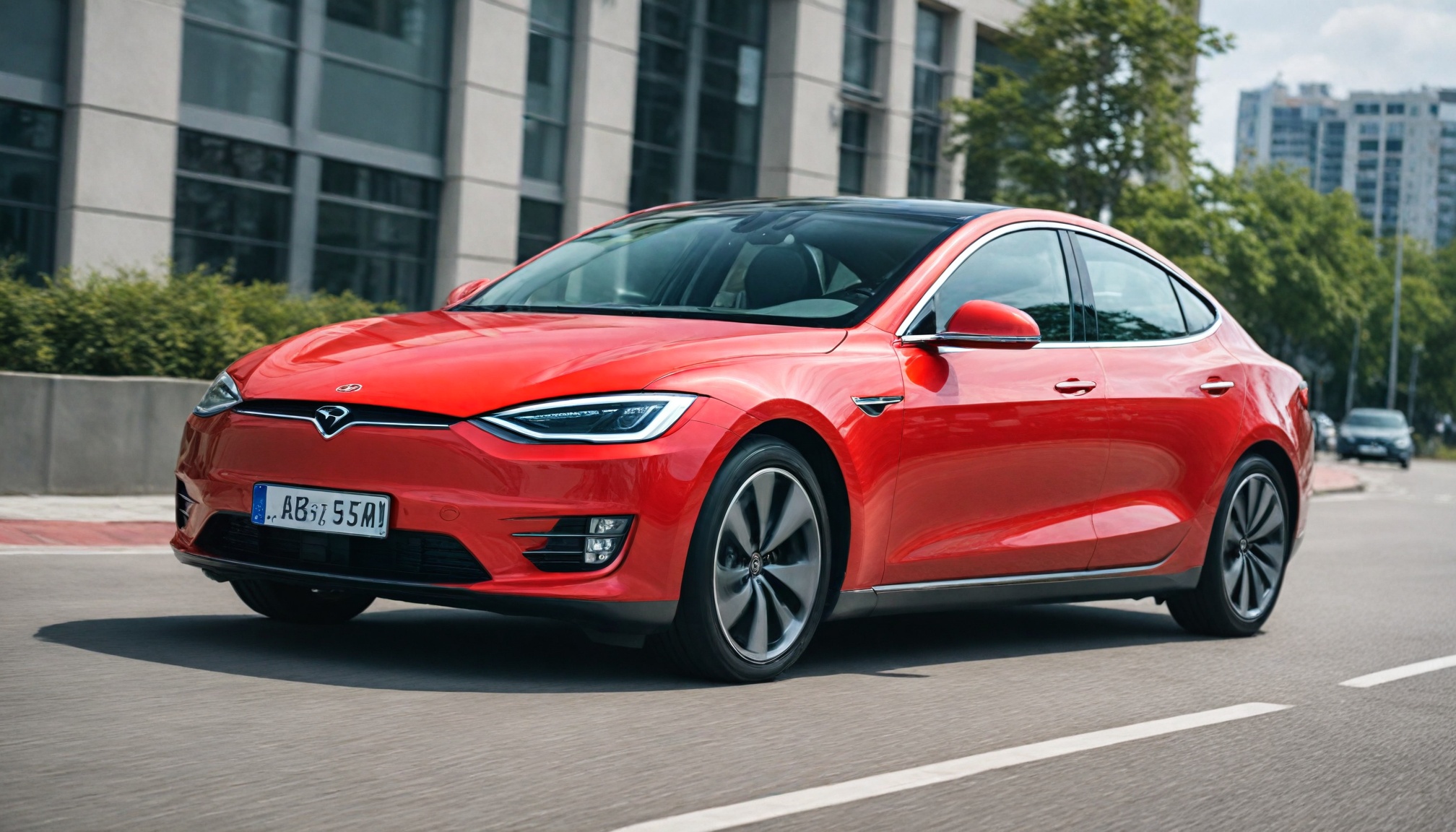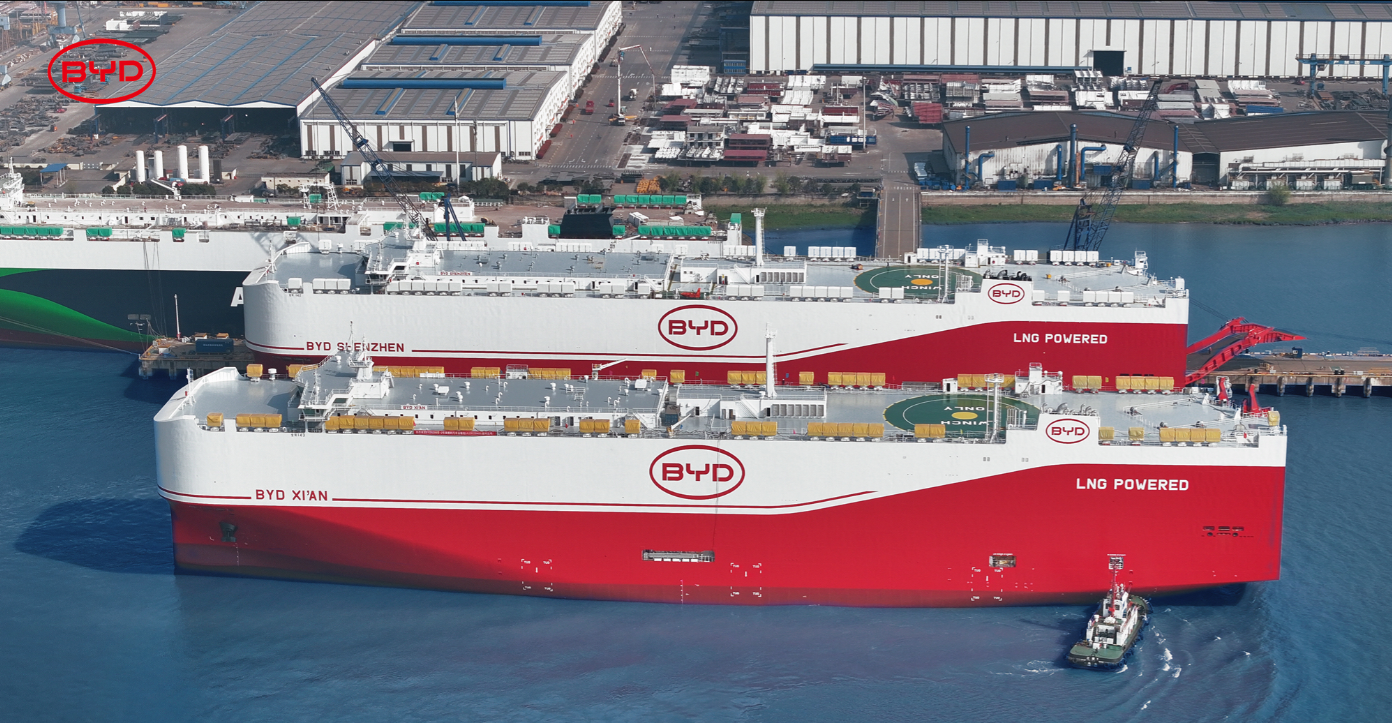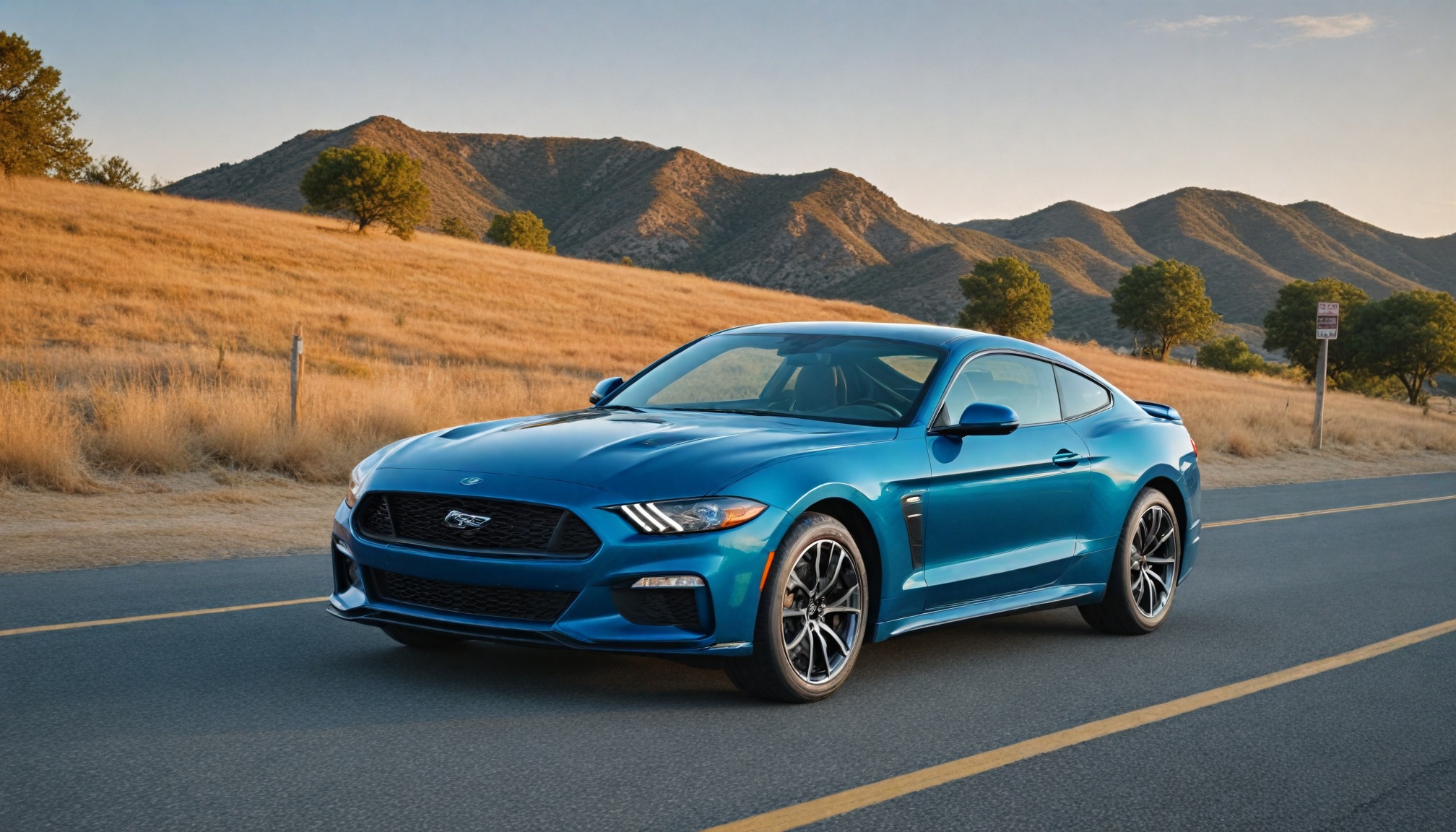
Car buying power shifts as MSRPs hit record $50,968 while transaction prices plateau, creating the largest price gap since pre-pandemic amid growing inventory.

Drivetech Partners
The mid-2025 automotive market presents a unique paradox where manufacturer suggested retail prices (MSRPs) have hit record highs averaging $50,968 in May, yet average transaction prices remain steady at $48,799, creating the first significant divergence between sticker prices and actual sales figures since the pandemic. This widening gap signals a shifting power dynamic in car buying, with growing inventory and plateauing demand finally giving consumers more leverage after years of seller-dominated conditions.
Key Takeaways
Record-high MSRPs averaging $50,968 in May 2025 contrast with steady transaction prices, creating unprecedented negotiation opportunities
Inventory has surged to an 82-day supply, increasing buyer leverage for the first time since pre-pandemic
Automakers prefer targeted incentives averaging $3,383 per vehicle rather than reducing sticker prices
Recently implemented auto tariffs are beginning to push prices higher despite slowing sales
Market segmentation is creating uneven buying opportunities across brands, vehicle types, and geographic regions

The Mid-2025 Auto Market Paradox: Record MSRPs vs. Plateauing Transaction Prices
For the first time since before the pandemic, a significant gap has emerged between what automakers are asking for vehicles and what consumers are actually paying. May 2025 saw MSRPs climb to $50,968, up from $50,774 in April, while average transaction prices held steady at $48,799. This $2,169 difference represents a notable shift from the pandemic years when consumers routinely paid at or above sticker price.
The current market stands in stark contrast to the pricing dynamics of recent years. The largest price jump occurred in 2021 (+14%), with prices peaking at $49,507 in December 2022. Since then, actual sales prices have plateaued and even slightly declined, while MSRPs continue their upward march.
This divergence marks a potential turning point in the post-pandemic auto market. For nearly four years, limited inventory and high demand gave dealers unprecedented pricing power. Now, with supply chain normalization and cooling demand, the pendulum is beginning to swing back toward buyers.

Inventory Surge Creates Buyer Leverage Amid Slowing Sales
The days of empty dealer lots are firmly in the rearview mirror. New vehicle inventory rose nearly 15% in June 2025, resulting in an 82-day supply on dealer lots nationwide. This represents a dramatic shift from the 30-40 day supply that became the norm during the height of chip shortages and production constraints.
Brand-specific inventory levels vary considerably. Jaguar, Audi, Dodge, Mazda, Ram, and Hyundai now have substantial supply, giving buyers of these brands significant negotiating leverage. Meanwhile, Toyota, Lexus, Honda, and BMW continue to maintain tighter inventory control, allowing them to hold firmer on pricing.
This inventory buildup, combined with slowing sales, has created the first meaningful opportunity for buyer negotiation since 2020. Supply chain normalization has finally outpaced demand after years of shortages, shifting the balance of power in the showroom.
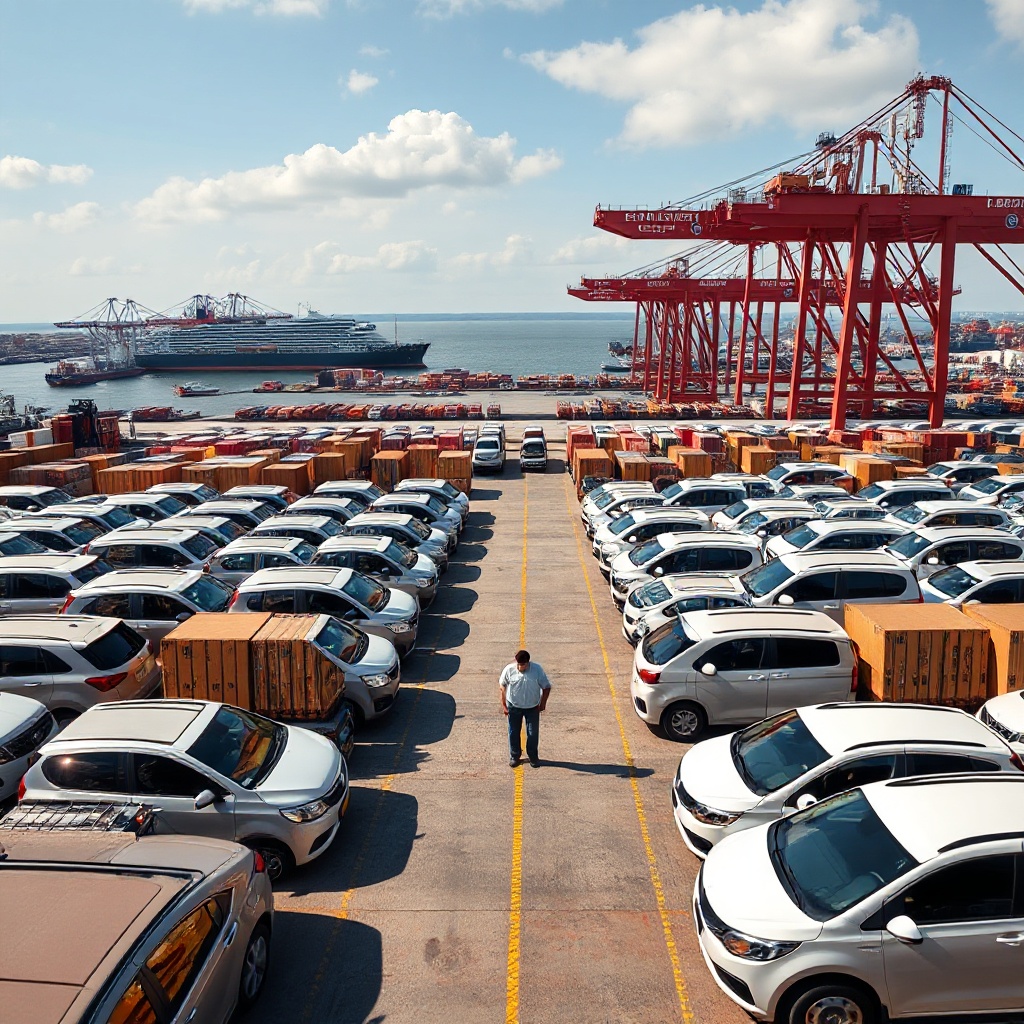
Incentives Reach Three-Year High While Automakers Resist MSRP Cuts
Rather than reduce sticker prices, automakers are opting to increase targeted discount strategies. Current incentives have reached 7-8% of average transaction prices, averaging $3,383 per vehicle – the highest level in over three years. This approach allows manufacturers to maintain higher MSRPs while still moving inventory through selective price reductions.
Incentives have been steadily climbing, averaging 8% in November 2024, up significantly from just 2% in 2022. However, they remain below pre-pandemic levels, which approached 10%. These discounts are taking various forms, including:
Cash rebates on specific models
Zero-percent financing offers
Enhanced lease deals, including some under $200/month
Loyalty bonuses for repeat customers
Conquest incentives to attract buyers from competing brands
Automakers prefer this strategy over across-the-board price reductions because it allows them to maintain higher residual values and target specific inventory challenges without broadly devaluing their products.
Tariff Uncertainty Creates Price Pressure Despite Plateauing Sales
Auto tariffs implemented in April 2025 are beginning to influence pricing, though their full impact hasn't yet materialized in transaction data. Ford recently announced $600 price increases on select models (Mach-E, Maverick, Bronco Sport), explicitly citing "mid-year pricing actions combined with some tariffs" as the justification.
Industry analysts predict stronger inflationary tariff pressures in the second half of 2025, especially affecting vehicles imported from Mexico, Canada, and China. This tariff impact creates a countervailing force against the downward price pressure from growing inventory.
The timing is particularly challenging for the industry, as these price-increasing tariffs coincide with slowing sales. This dynamic creates potential future price shocks for consumers who may soon see transaction prices rise again despite improving inventory conditions.
Affordability Concerns Drive Shift to Smaller Vehicles and Used Market
In response to persistent affordability challenges, consumers are increasingly turning to compact and subcompact models. Average prices for subcompact SUVs remain significantly more affordable at around $33,570, compared to the overall market average of nearly $49,000.
The used car market presents another alternative, with average listing prices holding steady at $25,512 in July 2025. This relative stability follows years of unprecedented volatility in used vehicle values. Declining wholesale prices indicate a softening market, with a 0.63% drop in early July—nearly double the historical average seasonal decline.
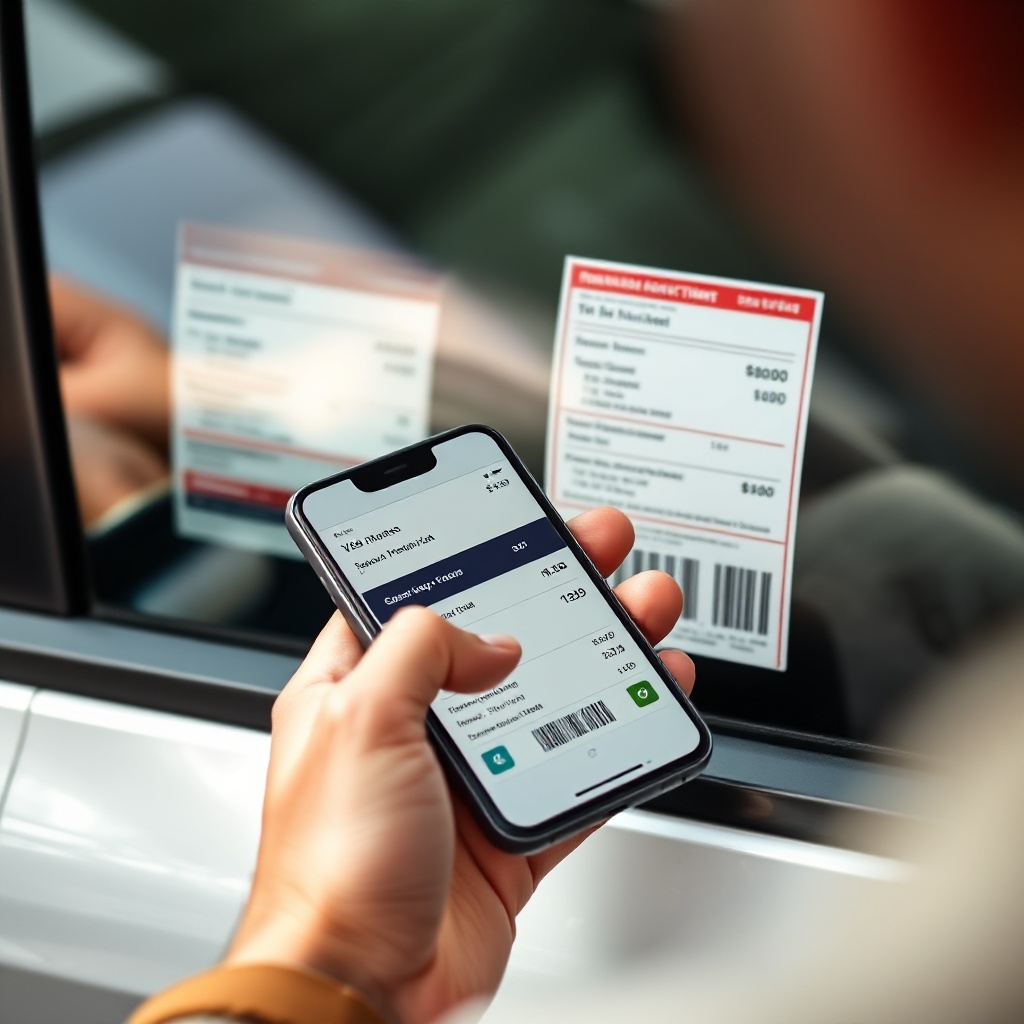
One persistent challenge: older and more affordable used vehicles remain scarce due to pandemic-era production disruptions. The reduced new car output from 2020-2022 continues to limit the supply of 3-5 year old vehicles that would typically provide budget-friendly options for many consumers.
Market Segmentation Creates Uneven Opportunities for Buyers
The current market is characterized by growing divisions between luxury and mass-market segments in terms of price negotiation potential. Luxury brands are generally holding firmer on pricing despite inventory growth, while mass-market brands show greater willingness to discount, especially on less fuel-efficient models.
Regional variations in inventory are creating geographic pricing disparities. Buyers in areas with higher dealer concentrations or slower sales are finding substantially better deals than those in regions where inventory remains tight.
First-time buyers face particularly challenging conditions with entry-level vehicle prices remaining elevated. The once common sub-$20,000 new car has virtually disappeared from the market, with even basic models now starting well above $25,000.
Strategies for Navigating the Complex 2025 Car Market
Given the current market conditions, savvy car shoppers can employ several effective strategies to maximize their buying power:
Time purchases to align with month-end or quarter-end incentive pushes when dealers are most motivated to hit sales targets
Cross-shop similar models across multiple brands to leverage inventory differences
Consider certified pre-owned options as alternatives to new vehicles
Explore lease takeovers and subscription services as alternatives to traditional buying
Understand total cost of ownership beyond purchase price, including interest rates, insurance, and maintenance
The current market rewards flexibility and research. Buyers willing to consider multiple brands, models, and dealerships can find significantly better deals than those fixed on a specific vehicle from a particular dealer.
Future Outlook: Market Correction or New Normal?
Looking ahead, industry analysts predict continued inventory growth potentially reaching a 90-day supply by year-end 2025. This level of inventory would typically trigger more aggressive price adjustments, especially if sales continue slowing.
Interest rate changes will play a crucial role in determining financing costs and buyer purchasing power. Any significant reduction in rates could help offset some of the tariff-related price pressures.
Electric vehicle pricing is expected to stabilize as production scales and competition increases. The EV segment has seen some of the most dramatic price adjustments over the past year, a trend likely to continue as more affordable models enter the market.
The longer-term implications for the automotive retail model remain uncertain. The pandemic-era shift toward higher prices and limited negotiation appears to be gradually reversing, but whether the market fully returns to pre-pandemic patterns or establishes a new equilibrium is still an open question.
Sources: YouTube - CAR PRICES Surprise July 2025 (Car Market Update), CarEdge - Predictions For 2025: New Car Prices Fall As Incentives Rise, NerdWallet - Today's Car Market: Are Car Prices Going Up or Down?, Kelley Blue Book - When Will New Car Prices Drop?, CarData - Vehicle MSRP Trends
